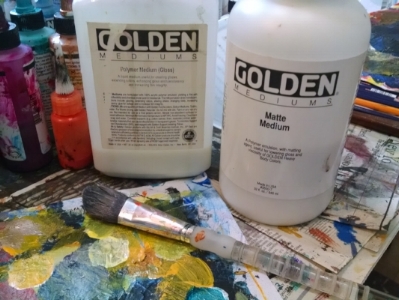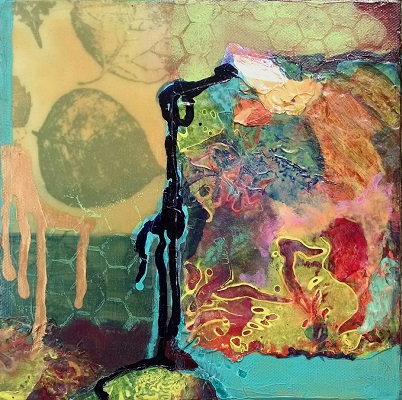It was a nice little boost to see my painting, "Marvels and Mysteries IV" featured as the Pic of the Day on the Vasari21 Facebook page. Arts writer Ann Landi , who created Vasari21, features several artists a week. I was delighted when she contacted me to participate. The site has a lot of great content for artists including articles and podcasts on topics such as interviews with artists, collectors, and public relations for artists, as well as Instagram for artists, pop-up shows, studio visits and much more.
©Christine Sauer "Marvels and Mysteries IV" 20x20" acrylic on canvas
















